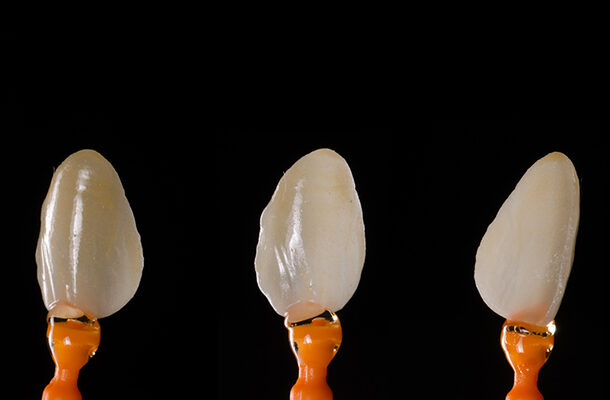Aesthetic dentistry : The contribution of the Rayplicker spectrophotometer
Download | 2 MB
Dr Edouard Lanoiselée
France
How can a patient’s treatment be optimised? How can both speed and efficiency be increased, without sacrificing quality?
These questions are constantly being asked in our practices. Our patients’ demands are more and more advanced in terms of aesthetic and functional results, yet they have less and less time to dedicate to treatments. We now have a lot of equipment at our disposal enabling this optimisation.
Many of these tools are digital and as such allow us to digitise our patient files in order to transfer as much information as possible to the prosthesis laboratory. This information can thus be prioritised and streamlined to be processed in the laboratory by the appropriate people in the corresponding specific field (modelling, ceramisation, etc.).
In this effort to centralise information, colour is a complex area that requires extensive resources in terms of information. It is usually assessed in the chair by means of a reading comparing the patients’ teeth to one or more shade guides. This reading is influenced by many factors and results can be significantly affected by surrounding interference making it particularly subjective (brightness of the room, bright colour of a lipstick, etc.)
Dental photography is now considered an excellent way to convey colour information. It requires the prosthetist to use a shade guide as a reference to ensure the information is as objective as possible. Working with dental photography, however, increases working time, as the prosthetist has to perform mapping based on the information obtained from the photos. Moreover, cameras are sensitive to shade variations depending on the colour temperatures pre-determined by the camera that can skew this reading. To counter this problem, spectrophotometers are currently the best tools we have to objectify a result. They work by emitting calibrated light which, depending on the reflection registered, enables a colour reading to be taken. This reading is unaffected by environmental factors that could potentially skew its results (lipstick, colourful clothing, unsuitable lights, etc.)
Some models allow a photo to be taken with mapping of the tooth, which enables the prosthetist to be guided more effectively in the process of creating the prosthesis. The sheet is then stored on the software and can be processed and archived in a patient file. The Rayplicker (Borea) is a device that allows the practitioner to record all the information collected and communicate it to the prosthesis laboratory. The laboratory sheet can be sent via a secure portal and reprocessed by the prosthesis laboratory. This flow also enables the form to be marked as reviewed by the laboratory, to monitor the progress of the treatment at the practice. Most shade guides on the market are referenced, making the work easier for the laboratory.
